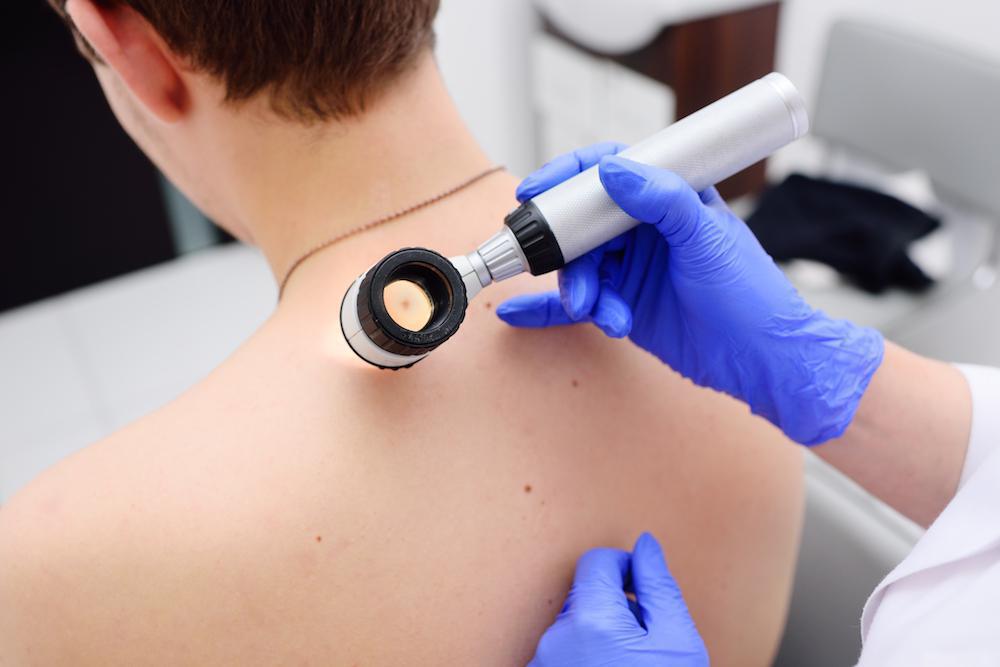
Skin cancer affects about 20% of all Americans at some point in their lives, and it’s the most common form of cancer worldwide. The good news is that early detection of this disease makes for a good prognosis. Even melanoma, the most aggressive type of skin cancer, has a five-year survival rate of 99% when caught early.
A key part of staying healthy includes skin cancer screenings. The otolaryngologists at Lakeshore Ear, Nose and Throat Center can diagnose and treat precancerous and cancerous changes to the skin of your face and neck along with their other specialties. They’re a go-to provider when you notice changes to your skin.
The types of skin cancer
Though there are three prominent types of skin cancer, they’re classed in two groups: melanoma and non-melanoma cancers. Basal cell carcinoma is the most common form of skin cancer, accounting for about three-quarters of all cases. It’s a non-melanoma cancer and rarely life-threatening.
Squamous cell cancer is also a non-melanoma cancer. It’s the second-most common skin cancer, and it can spread to other parts of the body, making it more serious than its basal cell cousin.
Melanoma is the most dangerous of the common skin cancers. This type of cancer typically results from genetic mutations caused by ultraviolet light exposure, causing abnormal cells to reproduce quickly.
It also penetrates into underlying tissue, and it can spread to other parts of the body, including:
- Bones
- Brain
- Liver
- Lungs
- Lymph nodes
When melanomas are detected before spreading, they’re easy to treat. Once they reach stage three, which means spreading to the lymph nodes, or even to the organs (stage four), they become serious or even life-threatening.
The importance of screening
Regular checks for skin changes is the best way to spot problems that may indicate cancer. Techniques can include making a body mole map, like this one provided by the American Academy of Dermatology.
Use the ABCDE mnemonic to evaluate changes to moles and other spots on your skin. The letters represent five assessment points in judging each blemish.
- Asymmetry: Each half of a mole is different
- Border: Irregular or vaguely defined edges make a spot suspicious
- Color: Unhealthy spots may display color variations including black, blue, brown, red, tan, or white
- Diameter: Spots greater than the diameter of a pencil eraser are worth a medical assessment
- Evolving: A spot that changes in color, shape, or size could be cancerous
The importance of early detection can’t be overstated. Not every cancerous mole looks dangerous when it emerges. If you have any concerns about a new or changing spot, it’s time for a medical assessment.
When these spots are on your head or neck, contact Lakeshore Ear, Nose and Throat Center at the most convenient location for diagnosis and treatment. The medical team includes skin cancer surgery specialists.
You can reach the nearest of the six offices by phone or through the online appointment request link. Schedule your consultation today.

